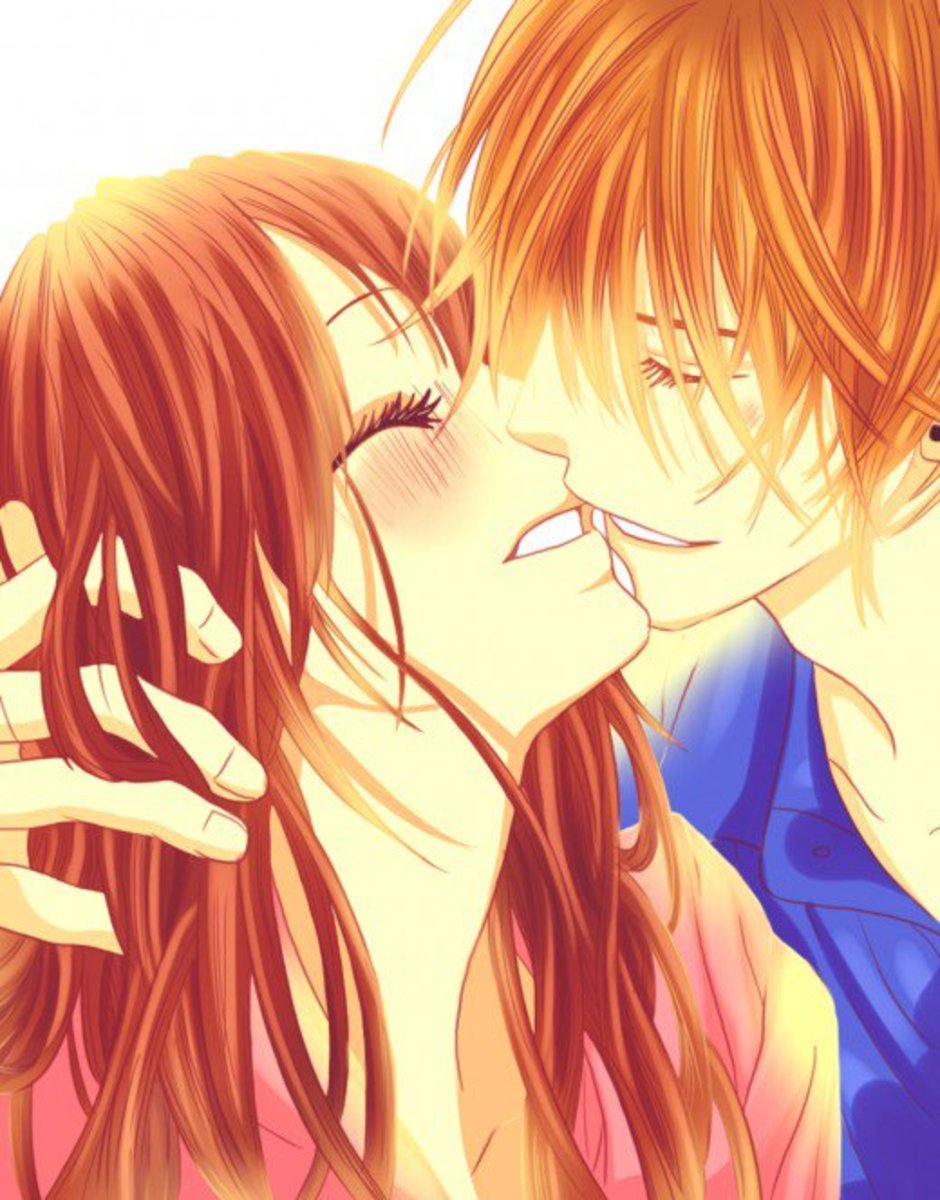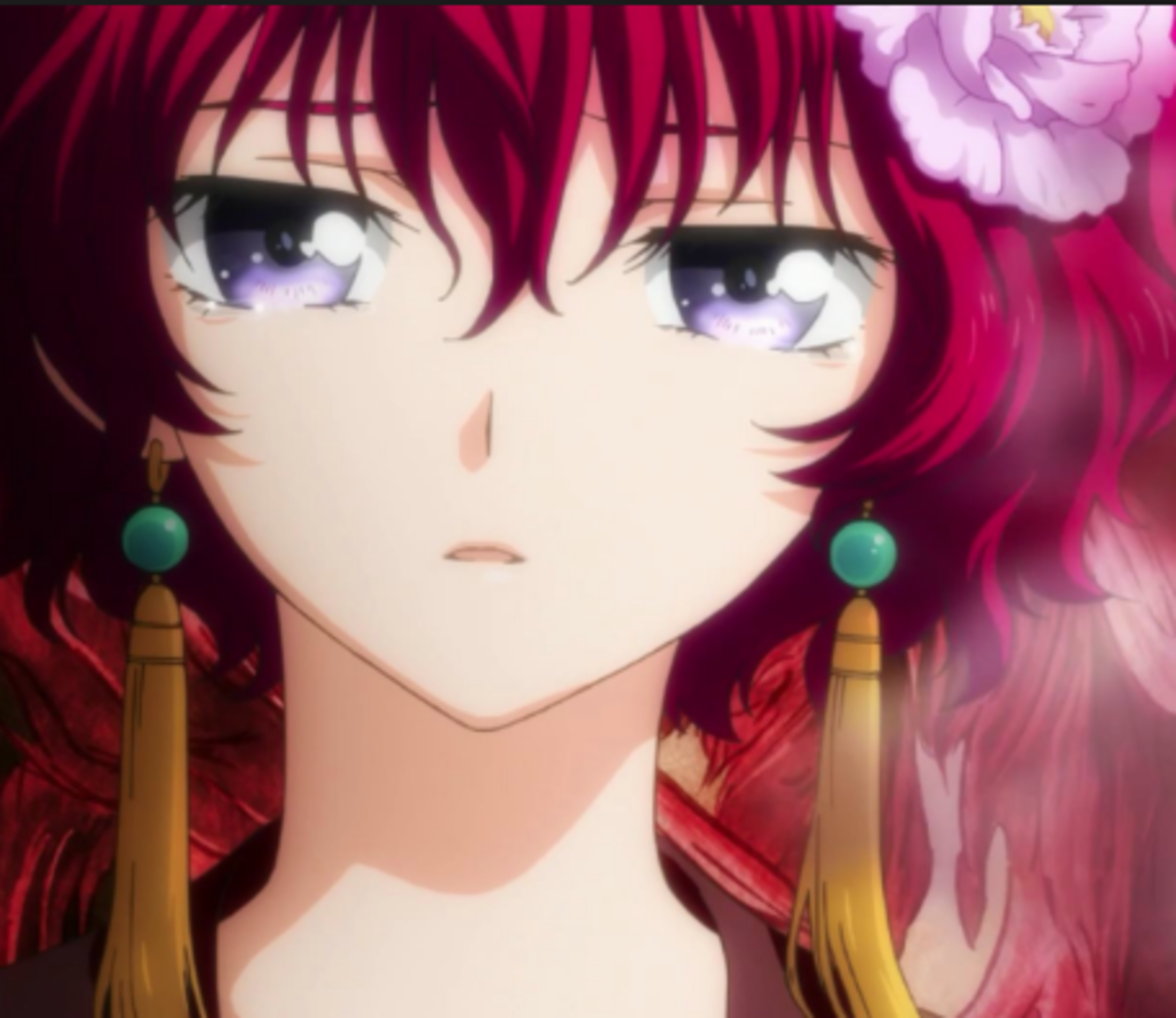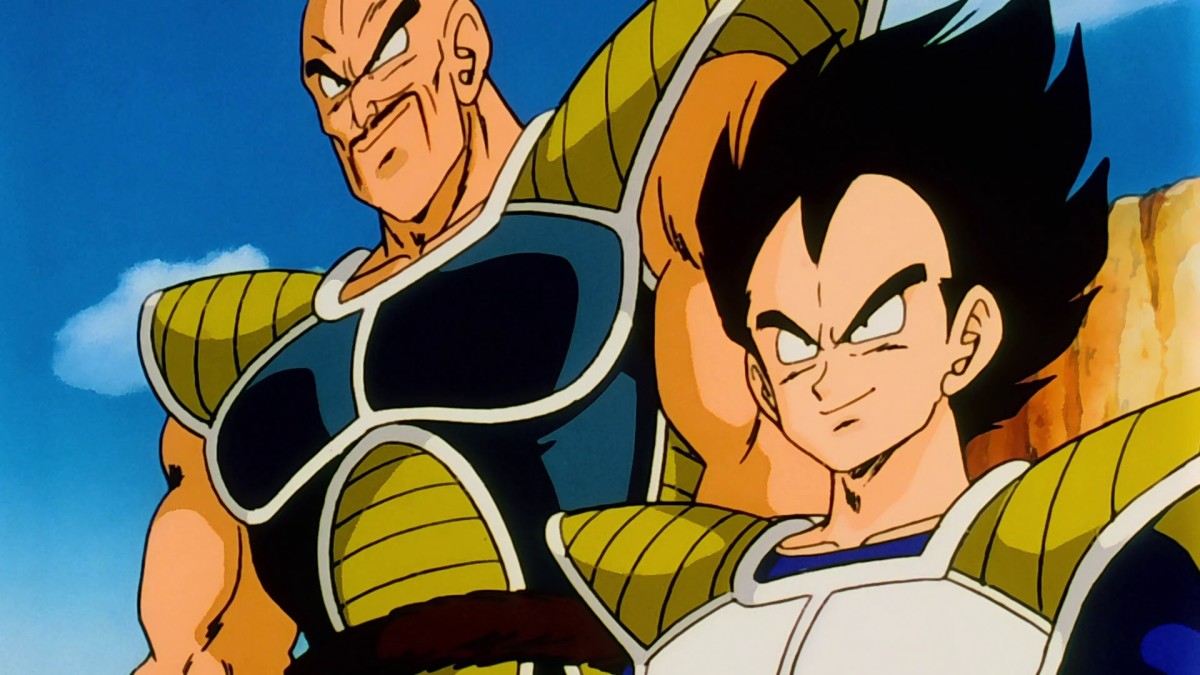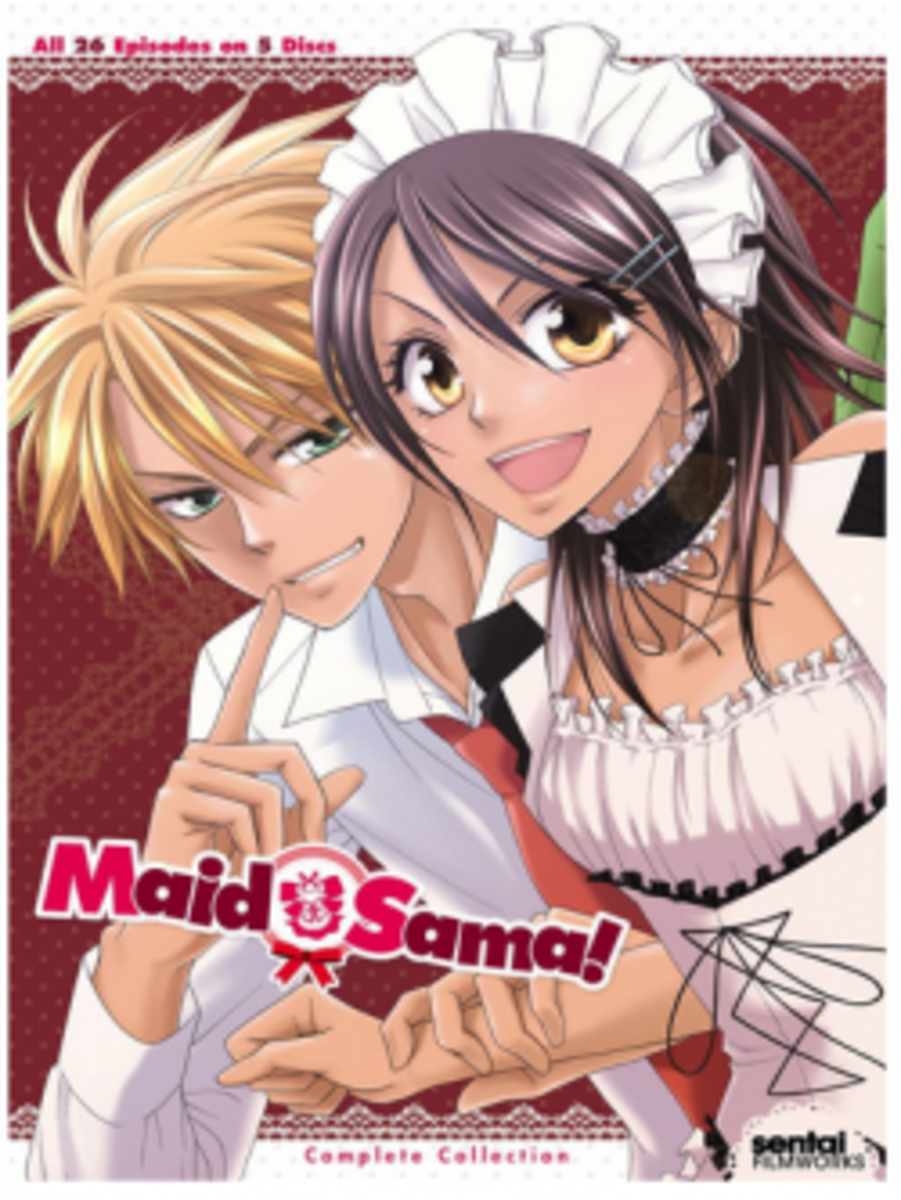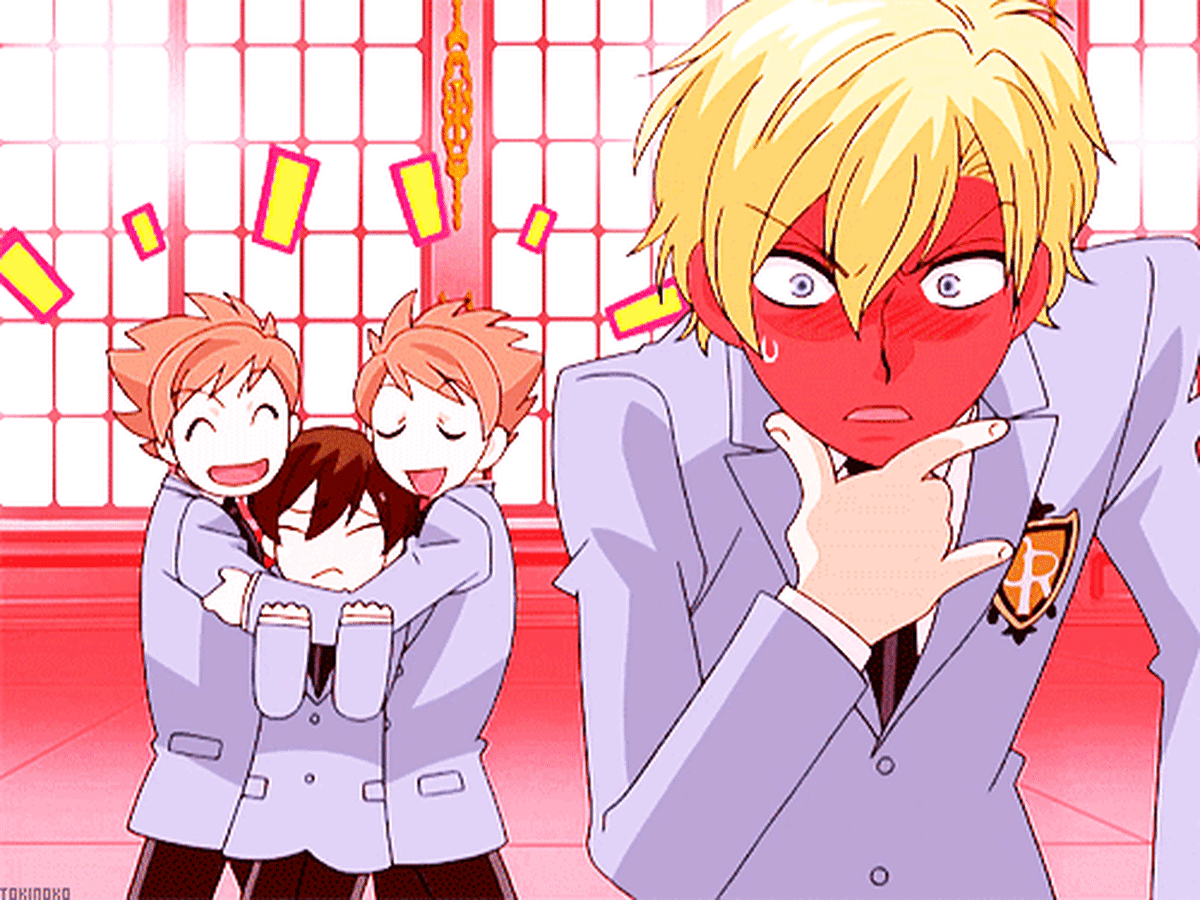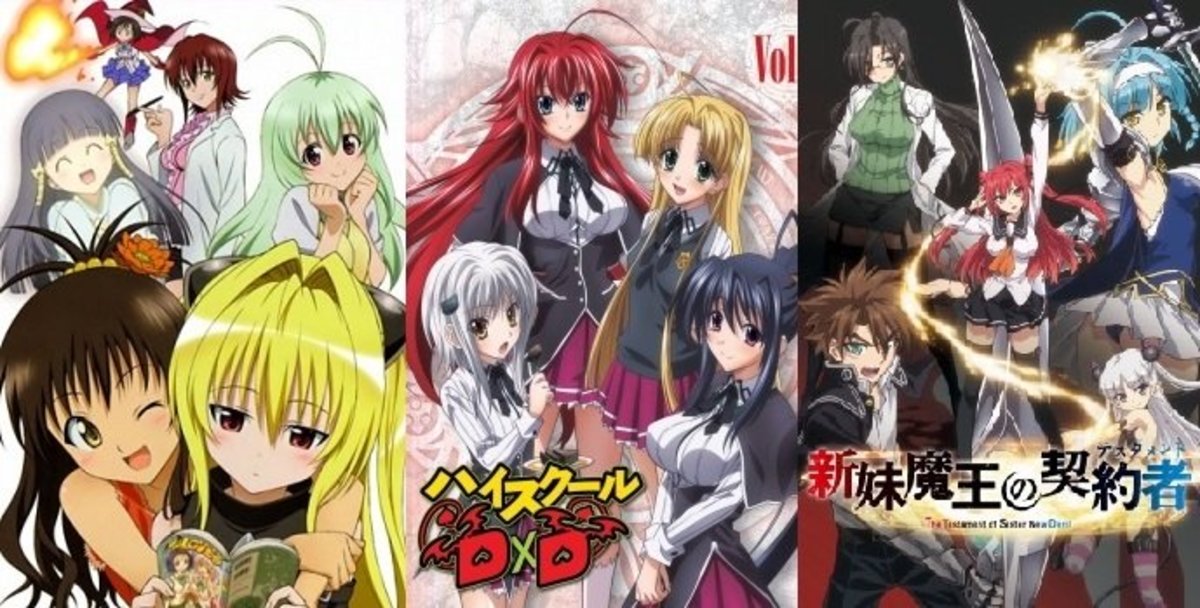Understanding the Genres Of Anime
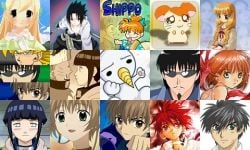
Types of Anime Genres
I am an adult cartoon fan. I don't mean adult in the sense of explicit scenes, but in the sense of content fit for an adult to watch and enjoy. I'm talking about colorful characters, deep stories, action, meaningful dialog and some intensity.
Over the years, I guess I gave up on cartoons, because as an adult there really wasn't much for me, other than the Simpsons, or other things like that. But some years ago, I stumbled upon anime, and I saw things in them that threw me for a loop--things that I'd been looking for for years.
Being a late comer to admiring anime had its down sides, though. It was hard to find genres that suited me. Anime has all the normal action, adventure, fantasy, science fiction and romance, but usually that wasn't enough to understand. Anime is not just divided into genres, it's also broken down into demographics, styles of display and characters types. What makes this even more difficult is these are broken down using words specifically created in Japan. Now, I do not speak Japanese, so all of these words had me reeling to figure them out.
I saw words like shoujo, shounen, ecchi, josei, seinen and mecha. I saw even more obscure terms, and many of them were used in concert with others. This sent me on a journey across the internet to figure them out, and this is what I've come up with.
Photo Credit: Flickr Creative Commons Photo by Gamaliel Espinoza Macedo
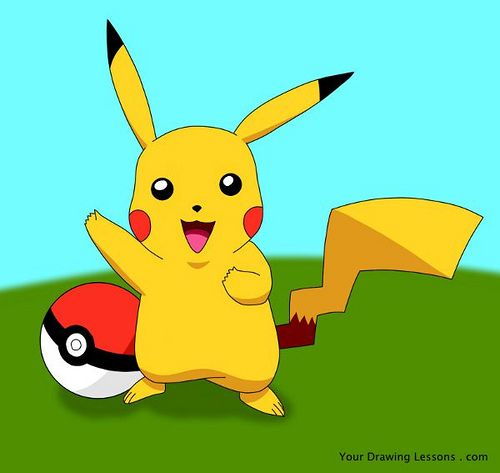
Kodomo Is For the Kiddies
This word is written as either kodomo or kodomomuke, which is the full word in Japanese. It literally means "child" or "childlike".
This is anime directed at children, typically young children under 10. These shows will include colorful simply drawn characters, and most times animals, or animal like lovably cute creatures. They can really be as sickening as the Teletubbies, but, you know, the little kiddies love them. Cuteness is key, and sticking together for the sake of friendship and all that are also pretty important here. Often simple moral lessons are learned along the way.
Photo Credit: Flickr Creative Commons Photo by Matt Leyva
Examples of Kodomo

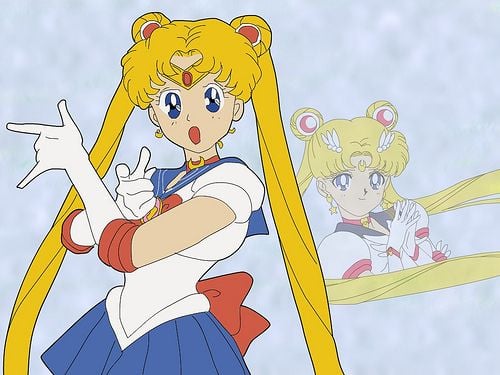
Shoujo Or Shojo For Teen Girls
The word Shoujo, sometimes spelled Shojo, is typically translated to mean "girl". It implies a young girl, between the ages of 10-18.
These are shows geared towards school aged girls, and they are extremely popular in Japan, in fact it is widely considered the most popular of all anime types. Some common themes include relationships with boys, interactions with girls on a popularity level and school challenges. This would be the High School Musical or Twilight crowd.
Photo Credit: Flickr Creative Commons Photo by David Cardoso
Examples Of Shoujo
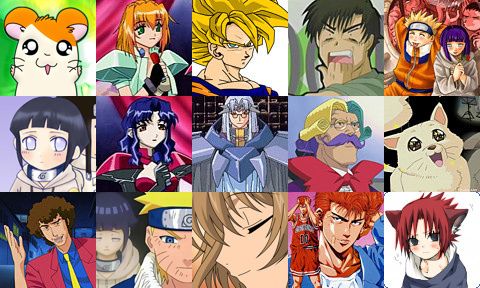
Shounen or Shonen For Teen Boys
The literal translation of Shounen, also spelled Shonen, is "few years" in Japanese, but it's become synonymous with school aged boys between 10-18.
As these are for teen boys, romance isn't as much a key for these story lines, although sometimes it is used, as long as it's not the main feature. Most times, action, adventure and sports pervade the themes. This would be the average action movies, but with watered-down violence, family language and often achieving confidence through self-perseverance is a key attribute.
Photo Credit: Flickr Creative Commons Photo by Gamaliel Espinoza Macedo
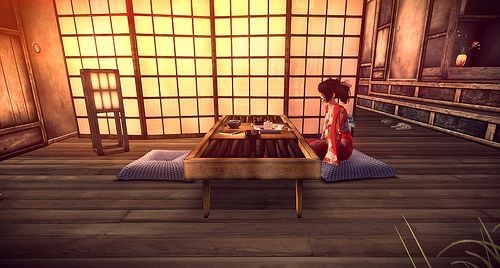
Josei Is For the Ladies
Literally, the word Josei means "woman", and it's come to mean the demographic of women between the ages of 18-30.
These stories are mature and realistic tales for women who've lived a bit, and aren't taken in by the normal colorful romances. These stories are more emotional and gritty. If there's romance involved, it's less idealized, and typically flawed. If there's a character journey, it's usually rough, slow and ,more often than not, doesn't have the happy ending.
These are somewhere in the range of Downton Abbey and Black Swan. As Shoujo is possibly the most common type of anime created, Josei is by far the least common.
Photo Credit: Flickr Creative Commons Photo by The Wandering Faun

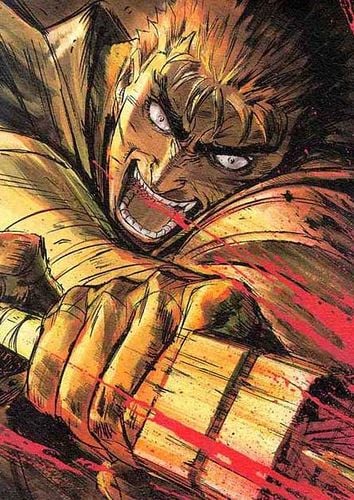
Seinen Is For the Men
The word Seinen means "mature", but it's come to mean younger adult men, although you don't have to be a man to enjoy these types of movies.
Seinen typically indicates action with a more visceral edge than Shounen. There's a great deal of blood and killing, and the intensity is cranked up. There's usually attractive females, but they aren't the key components to the story. They're more like window dressing. There's language, violence, alcohol, cigarettes, and immorality is at a premium. This would appeal to the audiences of Die Hard, Predator and Road Warrior.
Photo Credit: Flickr Creative Commons Photo by Animeol
![Berserk: The Golden Age Arc I - The Egg of the King [Blu-ray]](https://m.media-amazon.com/images/I/51F98mbFT1L._SL160_.jpg)
Shoujo-Ai Has Something Special
The literal translation here, is shoujo means "girl", and ai means "love". So, Shoujo-ai means girl love, and it's sort of what you might think. These are romance stories between two women.
I know what you're thinking, and I was thinking the same thing when I stumbled upon this. I always thought of Japan as being much more conservative than the West, but here it is. Shoujo-ai is a type of anime that centers around lesbian romances. There's kissing, and small amounts of nudity, but for the most part, the stories center around the romance. Shoujo-ai are mature stories, geared towards women who are interested in other woman.
Examples Of Shoujo-ai


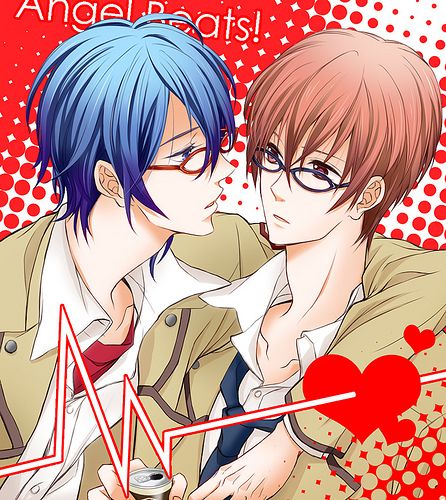
Shounen-ai Is the Boys Special Edition
Do you remember Brokeback Mountain, and the controversy it caused? Well, who would have thought Japan would have a whole genre for movies of this type. Shounen-ai are gay romance stories. These are geared towards woman, who are interested in seeing two men together. There is a sub-genre, of lesser popularity, called Bara, which is geared towards gay men.
I'll be honest, Shoujo-ai and Shounen-ai took me very much by surprise, but these are real genres with a certain main stream popularity. Neither of them are explicit in any way. They are specifically written to focus on the romances. Most of them have greater story lines, with the romance aspect being a part of it, but it's typically crucial to the ending.
Photo Credit: Flickr Creative Commons Photo by Midnight_Shadow
![Princess Princess Collection [DVD]](https://m.media-amazon.com/images/I/51O+dnFMYVL._SL160_.jpg)
Bishoujo and Bishounen are not different genres. These words mean beautiful girls and pretty boys. They are just common character types that are used in other types of anime.
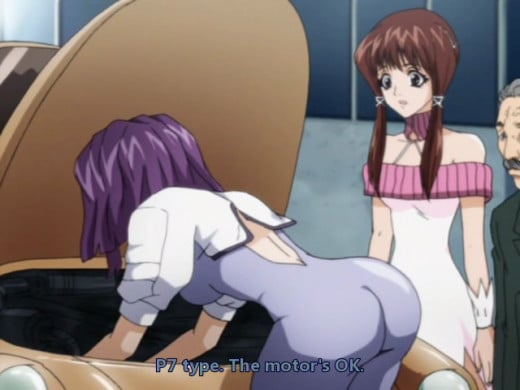
Ecchi Shows Some Skin
Ecchi is a slang term in the Japanese language that is considered to mean dirty or naughty. Anime of this type typically has little premise, or story, other than boys and girls in awkward social situations, and scantily clad.
This type of anime can also be called fan service, and it comes in the form of harem, or reverse harem forms, which mean, either one boy, sought after by many girls, or the opposite. One girl, sought after by many boys.
A common theme in these is bathing, undressing and faces turning red from blushing. There's nothing typically too over the top, but these types of anime do have mature content, such as large chested women and mild nudity.
Examples of Ecchi
![Freezing: Complete Season One [Blu-ray/DVD Combo]](https://m.media-amazon.com/images/I/51iMH-c7QqL._SL160_.jpg)

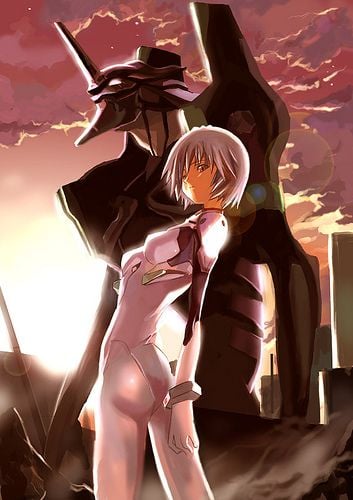
Mecha, It's the Giant Robots
Mecha is a word that comes from mechanical in English. There can be many different genres included in this kind of a story, action, adventure, fantasy or science fiction, but one thing must be there. There's got to be some kind of robot or mechanized monster that's either controlled by humans, or has run amok, or possibly both. Typically, it's not just necessary for these robots to have a place in the story, but they need to be vital to it. If you've ever seen the film Pacific Rim, that was adapted from a mecha anime.
Photo Credit: Flickr Creative Commons Photo by Paul Evans
Examples of Mecha
![Robotech: The Complete Set [DVD]](https://m.media-amazon.com/images/I/51gb4FVH3EL._SL160_.jpg)

Other Types Of Anime
- Top Moe Anime List
Moe is a word in anime that means cute, and this is a list of some cute anime. - Best shoujo manga/anime list
List of anime for teen girls.

![Pokemon 4 Film Series [Blu-ray]](https://m.media-amazon.com/images/I/614h8NJ1AUL._SL160_.jpg)

